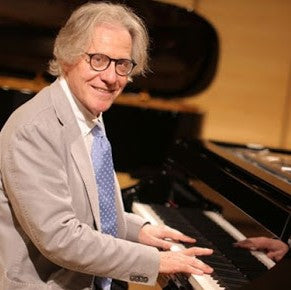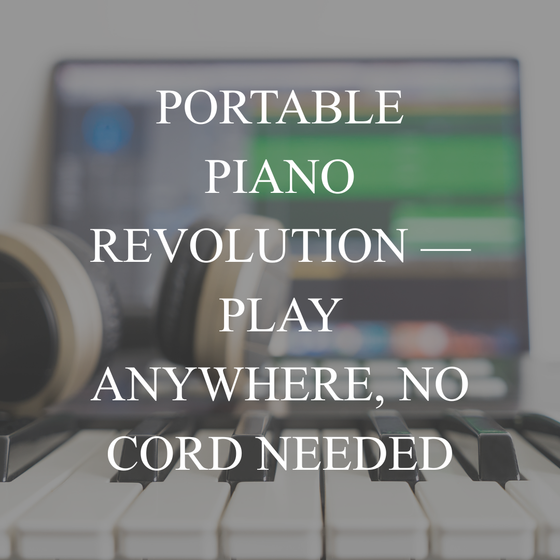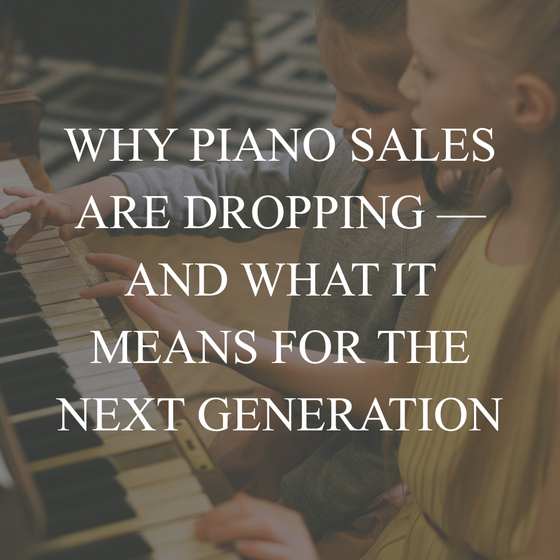
Italian piano maker Paolo Fazioli plays our concert grand FAZIOLI piano.
FAZIOLI pianos were first developed nearly 40 years ago by Paolo Fazioli, a pianist and engineer who wanted to create a piano that was significantly better than anything in existence. FAZIOLI makes around 140 pianos a year and each one takes more than 3 years to make. Sophisticated manufacturing techniques, woods of the highest quality and first rate components are used by the Fazioli technicians. Many of the parts are plated in 24K gold to prevent corrosion. FAZIOLI pianos feature many innovations - the sum of which has caused the pianos to be hailed as the absolute 'pinnacle' of the piano world. The heart of each FAZIOLI - the soundboard - is taken from the same trees in northern Italy's 'Val di Fiemme' forest where Antonio Stradivari once carved his wood for his famous violins. All six sizes have the option of being ordered with a fourth pedal patented by Fazioli Pianoforti, which allows the pianist to soften the sound without changing the voice or timbre.
Fazioli F278 https://www.northwestpianos.com/fazioli-f278

One of the most exciting shifts in the piano world right now is the rise of battery-powered, portable pianos. Instruments like Roland’s GO:PIANO88 show that full-sized keybeds, high-quality sound engines, and wireless operation can coexist. Roland

Across the U.S., piano sales have taken a nosedive. A recent CBS News article reported that in 2024, only 17,294 pianos were sold — compared to hundreds of thousands in past decades. CBS News The reason isn’t lack of interest in music; it’s economics, cultural change, and preference shifts. Young people are renting, using digital subscriptions, or choosing digital pianos as introductory tools.

In 2025, one of the most fascinating developments in piano technology is happening at the intersection of artificial intelligence, robotics, and musical expression. A research team recently introduced PANDORA, a diffusion-based policy learning framework that enables robotic hands to play piano pieces with precision and expressive nuance. The system uses language models to measure stylistic quality and musicality, blending human emotion with algorithmic accuracy. arXiv